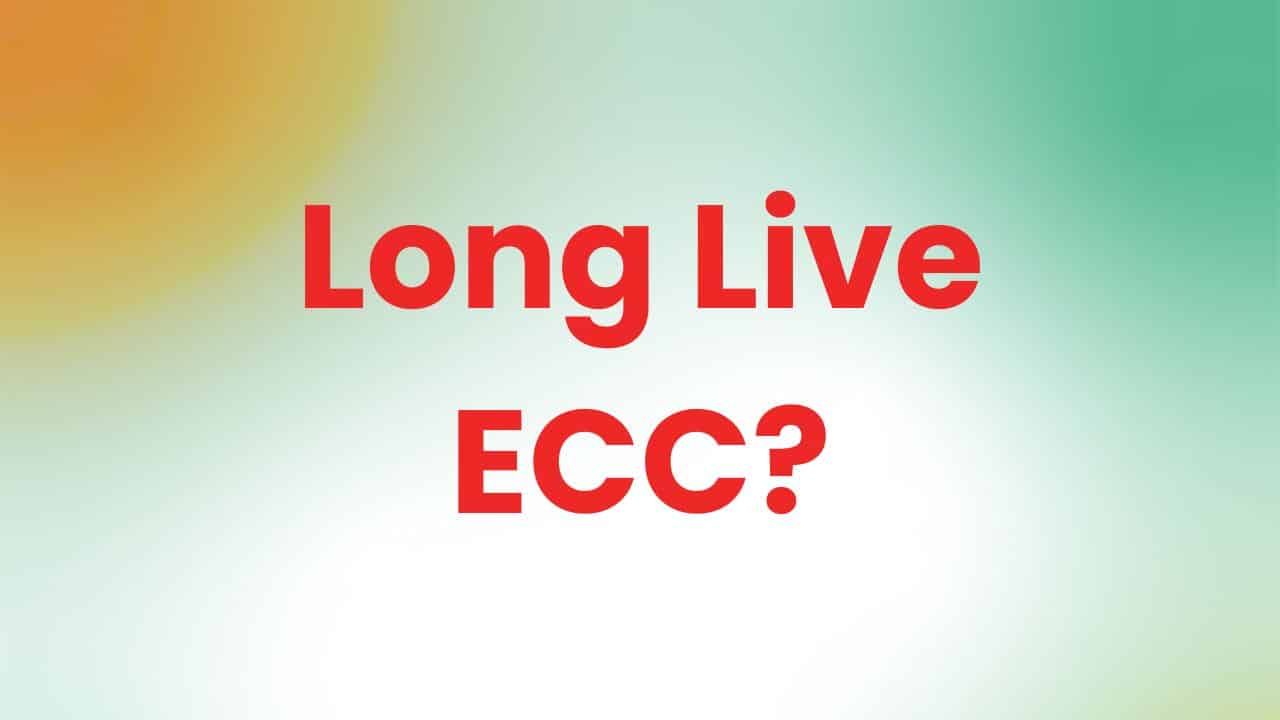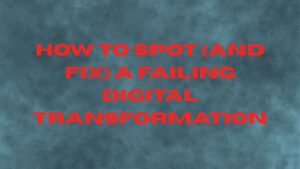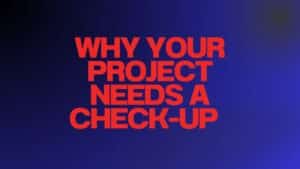If you’re running SAP today, you’re likely feeling the heat to move from SAP ECC (ERP Central Component) to SAP S/4HANA. Deadlines, “clean core” promises, and shiny AI storylines make the upgrade sound inevitable.
Not so fast.
I’m not here to tell you never to move. I am here to make the case that, for many organizations, staying on ECC for now can be a smarter, lower-risk, higher-ROI decision if you approach it deliberately. Below, I’ll walk through why, where the real risks sit, and how to make an objective call.
Table of Contents
ToggleWhy the pressure feels urgent (and why it may not be)
The most common reason I hear for moving to S/4HANA is SAP’s 2030 end-of-mainstream-maintenance date for ECC. That matters, but it doesn’t automatically mean you must start tomorrow.
- Viable third-party support exists. Independent maintenance providers can extend ECC support well into the 2030s, buying time to modernize on your terms instead of a vendor’s timeline.
- Regulatory scrutiny may shift the landscape. Ongoing attention on software maintenance practices could make third-party options easier, not harder, over time.
Bottom line: support risk is real, but the “now or never” framing is often overstated.
The hard truth: S/4HANA programs are risky
We’re helping multiple organizations recover troubled S/4HANA initiatives. The pattern is consistent:
- It’s a different product. S/4HANA is not a like-for-like upgrade. It changes data models, processes, and extensibility. Treat it as a fresh implementation with a complex conversion path, not a patch.
- Culture shock is real. Many ECC customers relied on deep tailoring over the years. S/4HANA, especially cloud, pushes standardization. That gap between “how we work today” and “how the software wants us to work” is where cost, time, and change risk explode.
- “Clean core” is not a plan. The mantra sounds great, but you still need to decide where differentiation lives, what to retire, and how to handle legitimate edge cases. PowerPoint slogans won’t reconcile decades of embedded know-how.
If you pursue S/4HANA, do it with eyes open and a remediation plan for process, data, and change, not just configuration.
Your competitive edge may live in ECC
For many companies, ECC contains years of accumulated intellectual property: purpose-built processes, extensions, and reporting that reflect how you compete.
- Some of that should be simplified. But some of it is the reason you win.
- Cloud guardrails limit freedom. S/4HANA Cloud narrows customization options. If you truly need unique behavior, you’ll need a deliberate extensibility strategy (side-by-side apps, integration platforms, or selective customization in permissible layers).
Before you migrate, inventory what’s differentiating vs. what’s just habit. Don’t throw away the former in the name of “best practices.”
If the business case is fuzzy, hit pause
Ask yourself (and your steering committee):
- Can we quantify hard benefits? Faster close, inventory turns, days sales outstanding, touchless throughput, with baselines and targets.
- Do we have credible cost and timeline ranges? Not just vendor estimates for technology build, but total program cost: data, testing, cutover, training, backfill, integrations, and change.
- What are the alternatives right now? You may unlock more value, faster, by fixing master data, automating targeted processes, or adding composable capabilities (for example, planning, warehouse, or analytics) on top of ECC.
If you cannot answer these with confidence, you’re not ready to commit capital to a multi-year transformation.
When staying on ECC (for now) makes sense
Consider holding your ECC position if you recognize yourself in any of these:
- High customization with real business value that would be difficult to replicate within S/4HANA’s constraints.
- Limited change capacity; your teams are already stretched, and the risk of adoption failure is high.
- Unclear benefit narrative; costs are tangible, benefits are aspirational.
- Better near-term returns elsewhere; data quality, process redesign, targeted automation, or composable add-ons will move the needle faster.
Staying on ECC is not “do nothing.” It’s “modernize surgically while you prepare for what’s next.”
A pragmatic roadmap if you defer S/4HANA
If you choose to wait, use the time wisely:
- Stabilize ECC
- Clean master data and rationalize custom code (what to keep, retire, or externalize).
- Tighten controls, performance, and monitoring.
- Make selective upgrades
- Add high-impact capabilities around ECC (planning, warehouse, e-commerce, analytics) via well-governed integrations.
- Invest in an integration platform to reduce point-to-point spaghetti and prepare for a more composable architecture.
- Prepare the runway
- Document future-state processes and where you truly need differentiation.
- Build a defensible business case with scenarios: “stay”, “selective modernize”, and “full S/4HANA”.
- Run change readiness and skills assessments; start training on new ways of working now.
- Explore support options
- Evaluate third-party maintenance for coverage, SLAs, and cost to extend your ECC horizon responsibly.
This approach creates value today and lowers risk tomorrow, whether you ultimately move to S/4HANA, adopt a composable ERP strategy, or pursue a hybrid path.
When S/4HANA does make sense
There are clear cases where moving forward is warranted:
- You’re on a very old ECC release with structural limits you cannot economically address.
- You can prove business value tied to S/4HANA capabilities (not just “technical debt” or vendor deadlines).
- You have executive alignment, change capacity, and a realistic total program budget and timeline.
If that’s you, proceed, just do it with a rigorous playbook.
My recommendation
Don’t let a calendar date or a slide slogan dictate your strategy. Decide based on your operating model, change capacity, data health, and measurable outcomes. For some, that means a confident S/4HANA program. For many, it means making ECC stronger while you build the foundation for a lower-risk move later.
If you want an independent gut check on your options, stay, modernize selectively, or migrate, we’re happy to review your landscape and business case and give you a straight answer.






